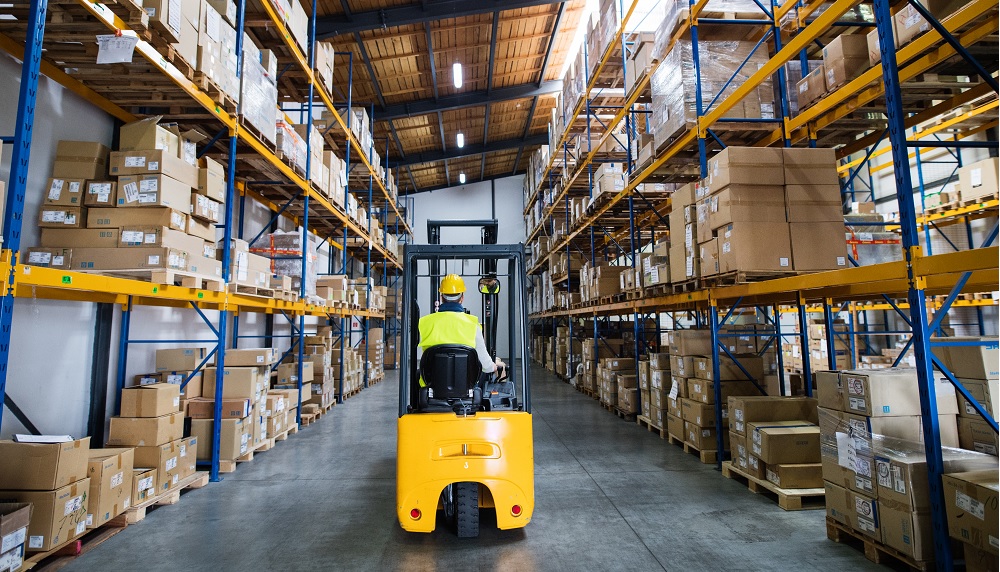Even before Covid-19, the growth in large companies like Amazon and Walmart’s share of online sales translated into major shifts in warehousing and the way supply-chains were managed. The pandemic, however, has prompted an incredible boom in digital buying and unusual trends in the types of products consumers desire. These rapid changes have left some warehouses struggling with excess inventory, while others sat completely depleted and wondering how to resupply.
As we slowly emerge from the shadow of Covid, it looks likely that some shifts in consumer behavior are likely to remain and that they have had a significant influence on trends in warehousing for the coming year. One of the most obvious changes is that companies realize a need for greater space. Some companies are looking to maximize space by incorporating design changes by shifting column spacing and ceiling heights, which means using high-strength scaffolding that can handle greater loads. Other companies have opted to break the recent popular model of large centralized warehouses, choosing instead to build smaller satellites that get the products closer to the customers.
Another shift in the physical space of warehousing has been an increased demand for cold space. The rise in customers who are doing their grocery shopping online as well as the need for cold storage for vaccines has meant a higher need for uninterrupted cold storage for the supply chain. Warehouse managers are having to make decisions about adding cold storage spaces or retrofitting warehouse space to meet the need for storing perishables.
The biggest trends in warehousing come as no surprise as the increased use of online ordering has led to the needs for better digital systems to maximize efficiency. Artificial intelligence (AI) is being used in warehouses to improve transparency across the supply chain and to reduce communications problems that result in lost time, lost money, and customer dissatisfaction. These AI systems often have the ability to view warehouse data, learn from mistakes, and even make suggestions for beneficial change.
Technology is also improving the performance of warehouses in a number of other ways. Warehouse managing systems are being updated to use custom dashboards that allow for supervisors and workers to use tablets or phones to access tools and reports as well to improve overall operations efficiency. Wearable barcode wrist and eyeglass scanners, for example, can track movement over the course of a shift, offering advice on the most efficient paths of movement and where jams are likely to occur. And scanners, working closely with internet-of-things technology, can reveal trends that might not be as obvious to an observer. Even blockchain has become a trend in the warehouse environment. Blockchain, popularized by Bitcoin and other online currencies, offers a sort of public ledger system where every step of a transaction is linked indelibly to the previous string of transactions so that the supply process is documented from beginning to end. This allows for greater transparency.
Finally, of course, technology has resulted in automated processes that reduce the problems of the human factor, such as reducing downtime by eliminating the needs for breaks, by reducing the impact of missing employees, and by lowering the costs of employee workplace injuries. Self-driving pallet jacks, cargo unloaders, forklifts, and even robotic inventory carriers are revolutionizing the way work gets done on the warehouse floor.
We’ll soon be entering a post-Covid world, but the ease of ordering online is likely to cause lasting changes in the process of supplying, storage, and shipping. Stay ahead of the curve by incorporating some of today’s most important warehouse trends to meet the needs of a digital world.
Article courtesy of Happy Writers.

